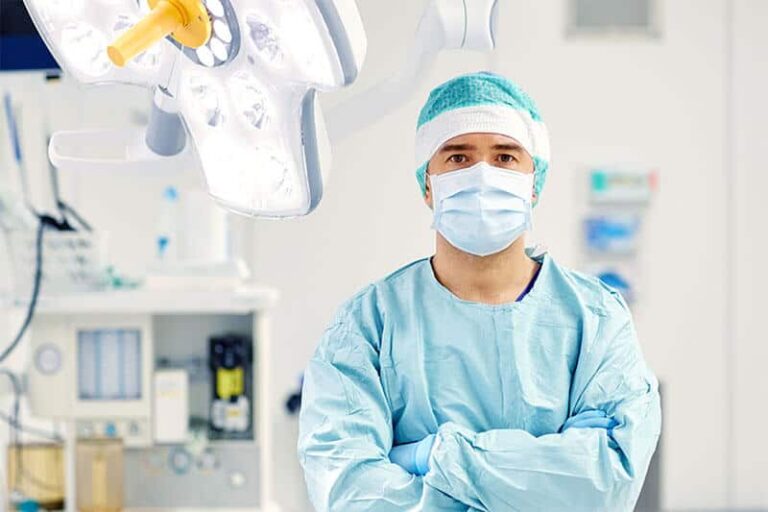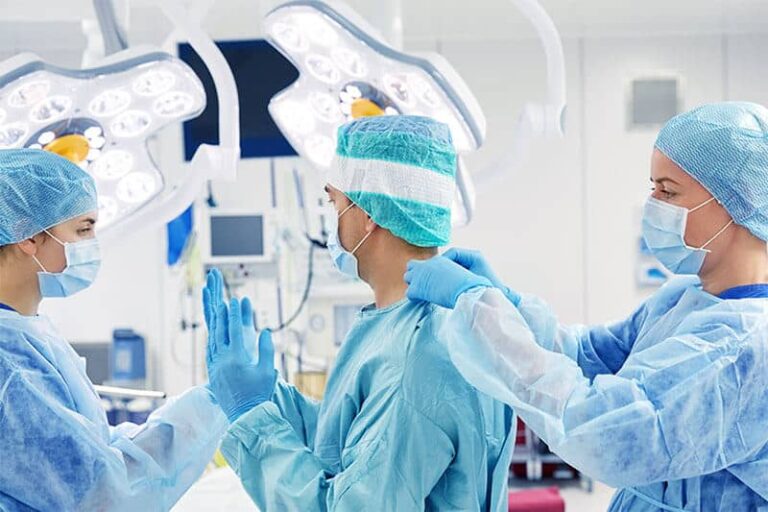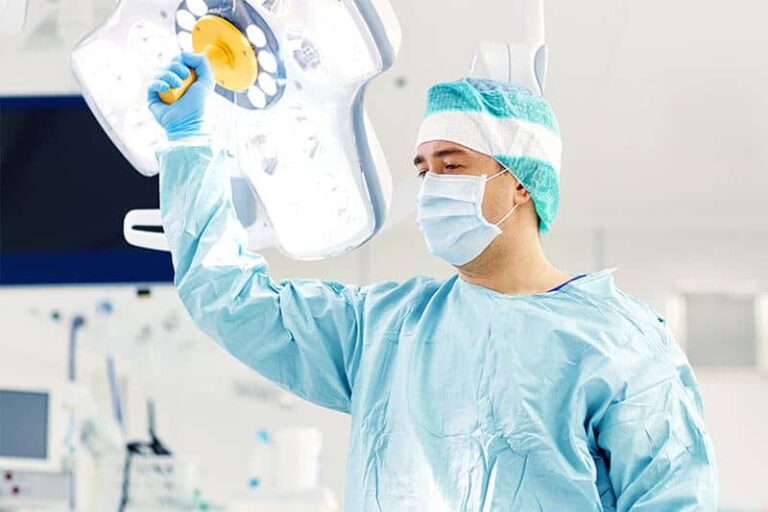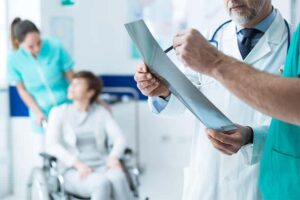Health Rehabitation
1. Types of Rehabilitation:
- Physical Rehabilitation: Focuses on restoring physical function and mobility through exercises, therapeutic interventions, and assistive devices.
- Occupational Rehabilitation: Aims to help individuals regain the skills needed for daily activities, work, and social participation.
- Speech-Language Rehabilitation: Addresses communication and swallowing disorders through speech therapy and related interventions.
2. Conditions Addressed:
- Neurological Conditions: Rehabilitation for individuals with conditions such as stroke, traumatic brain injury, spinal cord injury, and multiple sclerosis.
- Orthopedic Conditions: Rehabilitation following surgeries, fractures, joint replacements, and musculoskeletal injuries.
- Cardiopulmonary Rehabilitation: Focuses on individuals recovering from cardiac events or pulmonary conditions.
- Chronic Illness Rehabilitation: Support for individuals managing long-term health conditions, such as diabetes or rheumatoid arthritis.
3. Rehabilitation Team:
- Physiatrists (Physical Medicine and Rehabilitation Physicians): Medical doctors specializing in rehabilitation medicine.
- Physical Therapists (PTs): Professionals focusing on physical rehabilitation through exercises and therapies.
- Occupational Therapists (OTs): Experts in helping individuals regain daily living and work-related skills.
- Speech-Language Pathologists (SLPs): Specialize in addressing speech, language, and swallowing disorders.
- Rehabilitation Nurses: Nurses with expertise in caring for individuals undergoing rehabilitation.
- Social Workers: Provide emotional support and assistance with social and community resources.
- Psychologists/Psychiatrists: Addressing mental health aspects, including coping with disability and adjusting to life changes.
4. Rehabilitation Interventions:
- Therapeutic Exercises: Physical exercises tailored to improve strength, flexibility, and endurance.
- Assistive Devices: Prescribing and training individuals to use devices such as crutches, braces, or wheelchairs.
- Cognitive Rehabilitation: Strategies to improve memory, attention, and problem-solving skills.
- Functional Training: Focusing on activities of daily living (ADLs) to enhance independence.
- Pain Management: Strategies to address and manage pain associated with certain conditions.
- Adaptive Techniques: Teaching individuals alternative methods to perform tasks.
5. Rehabilitation Settings:
- Inpatient Rehabilitation Facilities (IRFs): Intensive rehabilitation provided within a hospital setting.
- Outpatient Rehabilitation Centers: Rehabilitation services provided on a scheduled basis without overnight stays.
- Home Health Rehabilitation: Services delivered in the individual’s home, especially for those with mobility challenges.
- Community-Based Rehabilitation Programs: Programs that focus on integrating individuals back into their communities.
6. Pediatric Rehabilitation:
- Pediatric Physical Therapy (PT), Occupational Therapy (OT), and Speech-Language Therapy (SLP): Specialized services for children with developmental or acquired conditions.
- Early Intervention Programs: Services provided to infants and toddlers to address developmental delays.
7. Technology in Rehabilitation:
- Assistive Technology: Devices and tools to enhance independence, such as mobility aids or communication devices.
- Virtual Reality (VR) and Augmented Reality (AR): Used for immersive therapy experiences and motor skill training.
8. Community Reintegration:
- Community Re-entry Programs: Supporting individuals in transitioning back to their communities after rehabilitation.
- Vocational Rehabilitation: Assisting individuals in returning to work or finding meaningful employment.
9. Patient and Family Education:
- Educating Patients: Providing information on their condition, treatment plans, and self-management strategies.
- Family Support: Involving families in the rehabilitation process and providing resources for support.
10. Ongoing Assessment and Monitoring:
- Outcome Measures: Utilizing standardized tools to assess progress and adjust interventions.
- Reassessment: Regularly evaluating and modifying rehabilitation plans based on individual needs.
11. Holistic Approach:
- Biopsychosocial Model: Addressing the biological, psychological, and social aspects of rehabilitation.
- Patient-Centered Care: Tailoring rehabilitation plans to the individual’s goals and preferences.
With access to
24 Hour
Emergency
Assistance
A small river named Duden flows by their place and supplies it with the necessary regavelialia. It is a paradise.





